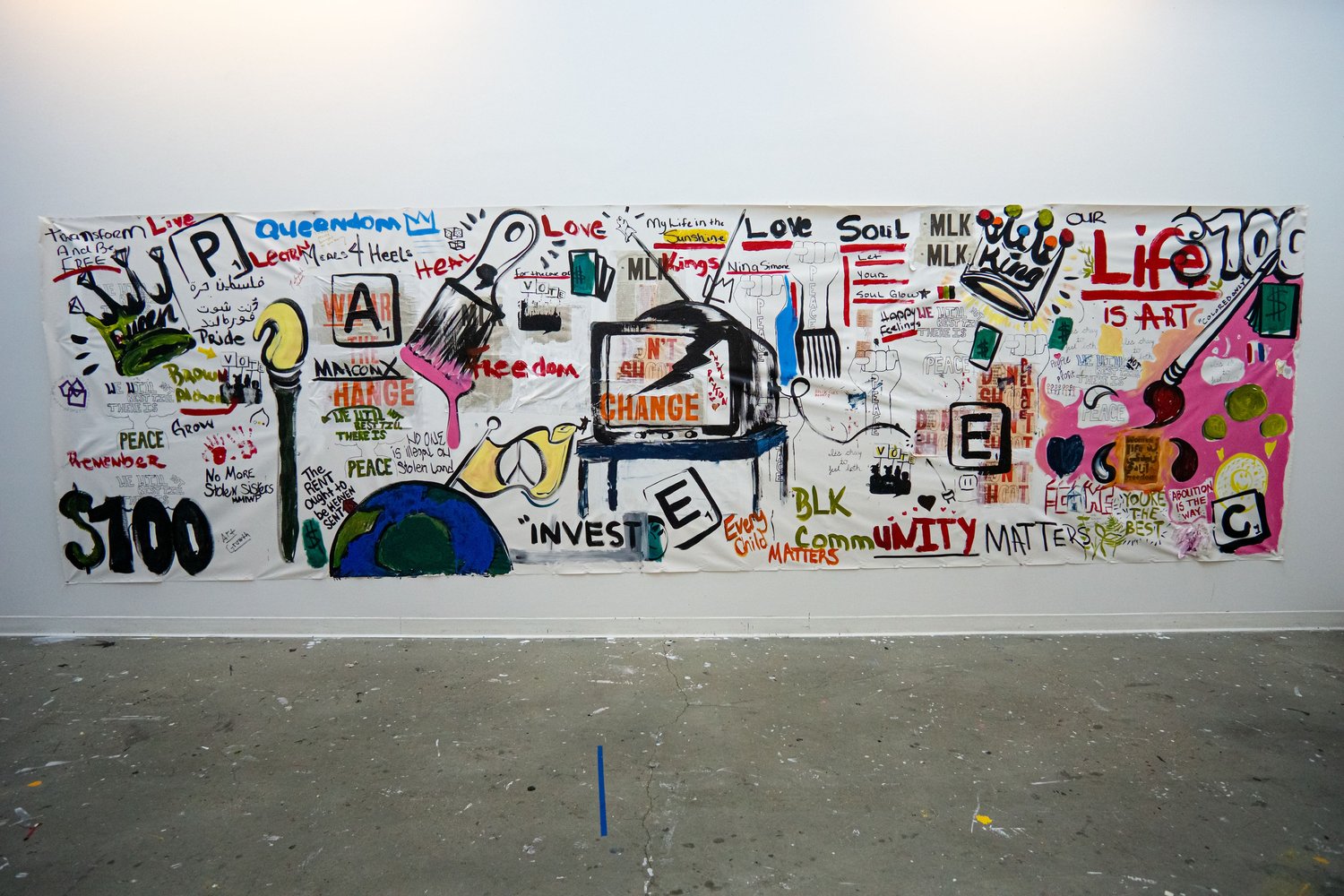January 15, 1929 - April 4, 1968. Rest in Power Dr. Martin Luther King!
As we reflect on 53 years since the assassination of Dr. Martin Luther King Jr, we must acknowledge that every day, we are the dream. Dr King was murdered for promoting human rights and dignity. He was known for his dedication to nonviolent direct action - that didn’t stop his life from being cut short by white supremacy.
We know there is no such thing as a peaceful protest - they will hurt us for showing up because it is a message against racism and police brutality. The greatest threat to America is a unified front of Black people fighting for Black liberation.
We know that our community action plan allows a safe space for youth activists to learn and evolve in order to make the changes we desperately need in our world. By coming together with community, we are building systems of support that don’t require the oppressor.
Our week long programming series, Let the Youth Lead, was done in the spirit of Dr. Martin Luther King Jr to uplift the work of our community to youth across the world. The day we dedicate our lives to organizing for human rights, we are putting Dr. King’s dream into action. We are the Dream.
For the next few weeks we will be reflecting on our panelists and publishing their profiles ahead of our Spring Break Out video recap. The five days of programming covered how to use your voice, what is mutual aid, promoting a rally, knowing your rights and art for social change.
These discussions were recorded live on our Youtube channel - please watch them here.

Tianna Arata, photo by
When asked about art for social change, Tianna Arata said this:
“I feel as Black people we’ve been denied our expression for so long. We’re always forced into these categories. I think art denies that. It says no, you can’t do that. We exist. We’re not a simple category.
I have seen a lot of white people reaching out trying to include Black artists but this should be your daily practice anyway. It shouldn’t be because of Black Lives Matter trending and that you are trying to absolve yourself of your deep-rooted racism that you want to include a person of color or a Black person. It needs to be deeper than that.”
Joseph Blake, photo by
Joseph Blake had this to say about mutual aid:
“I view mutual aid as the backbone of the movement. It’s something we often overlook but without it a lot of us would not be able to be on the front line. When I was downtown for example, I was tear gassed for the first time. I was blinded. I couldn’t see or do anything. All of a sudden I had people surrounding me, helping me out, setting me down, pouring liquid in my eyes to clear out the chemicals and making sure I was alright. Without them being there I don’t know what would’ve happened in the moment. So I often look at that as a bigger picture, that mutual aid came to help me out, allowing me to be there everyday helping out and capturing these moments while being a part of this movement.”
Danny Cage, photo by
Danny Cage on art for social change:
“I think art can make people stop and see what's happening. A lot of times I’ll see the murals downtown and see people walking who will stop and look at it, really taking like 10 minutes or so to look and see what's happening. Another thing I think is that in this still racist society, art can add humanization to us.
A lot of times in news articles, you’ll see Black people and it’ll paint us as angry, showing pictures of us yelling and then compliment it with white counterparts in a suit who look all nice and dressed up. I think that art allows us to be seen as more than individuals who experience trauma. I think a lot of times that's how we’re seen - as trauma. I saw an activist talking about going through the Black History Month section on a lot of streaming services and the movies are just based on trauma. The truth is that we are more than trauma - we’re powerful too.”



